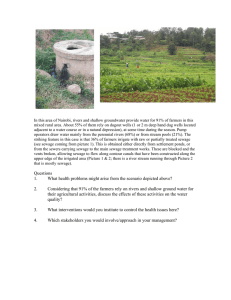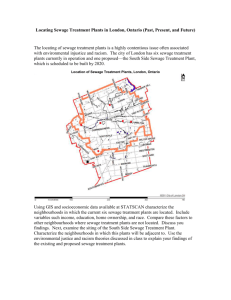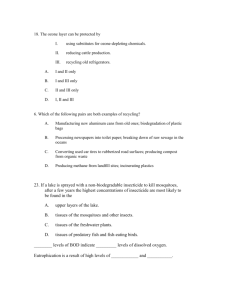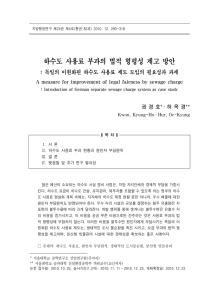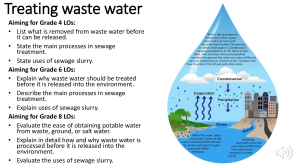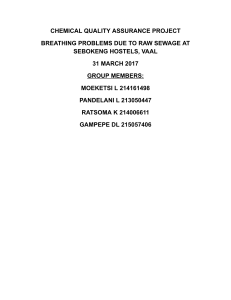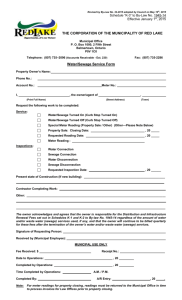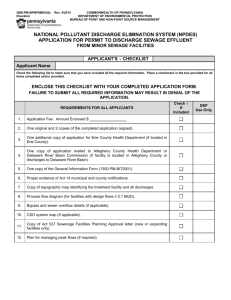Red Sea & the Gulf of Aden (ROPME)
advertisement
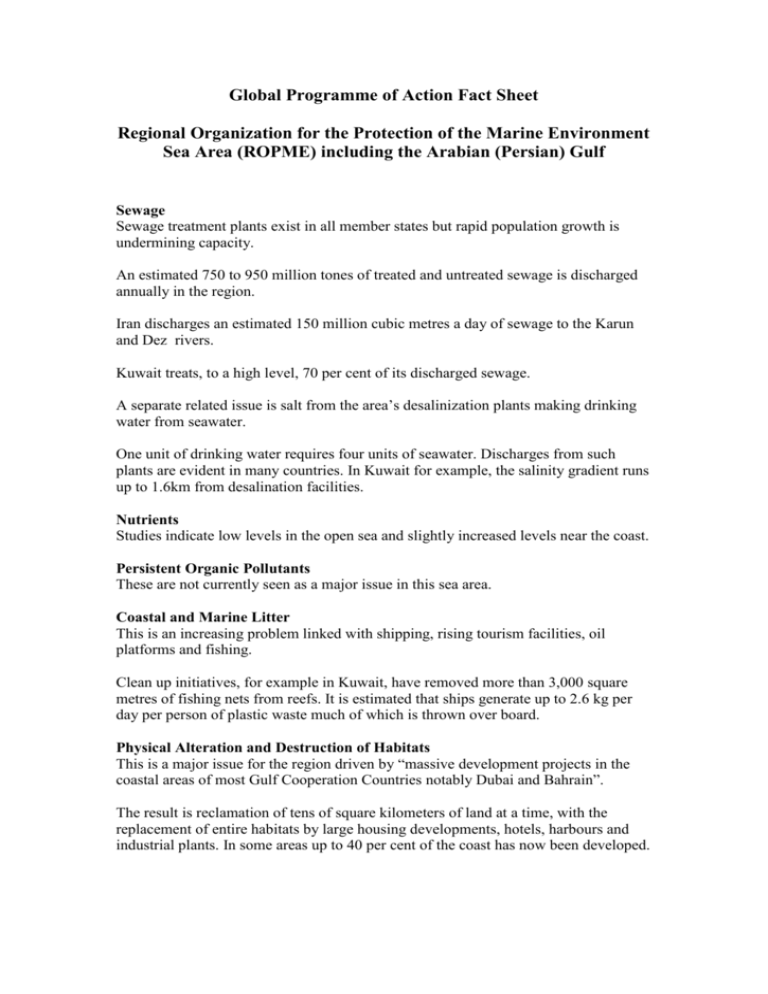
Global Programme of Action Fact Sheet Regional Organization for the Protection of the Marine Environment Sea Area (ROPME) including the Arabian (Persian) Gulf Sewage Sewage treatment plants exist in all member states but rapid population growth is undermining capacity. An estimated 750 to 950 million tones of treated and untreated sewage is discharged annually in the region. Iran discharges an estimated 150 million cubic metres a day of sewage to the Karun and Dez rivers. Kuwait treats, to a high level, 70 per cent of its discharged sewage. A separate related issue is salt from the area’s desalinization plants making drinking water from seawater. One unit of drinking water requires four units of seawater. Discharges from such plants are evident in many countries. In Kuwait for example, the salinity gradient runs up to 1.6km from desalination facilities. Nutrients Studies indicate low levels in the open sea and slightly increased levels near the coast. Persistent Organic Pollutants These are not currently seen as a major issue in this sea area. Coastal and Marine Litter This is an increasing problem linked with shipping, rising tourism facilities, oil platforms and fishing. Clean up initiatives, for example in Kuwait, have removed more than 3,000 square metres of fishing nets from reefs. It is estimated that ships generate up to 2.6 kg per day per person of plastic waste much of which is thrown over board. Physical Alteration and Destruction of Habitats This is a major issue for the region driven by “massive development projects in the coastal areas of most Gulf Cooperation Countries notably Dubai and Bahrain”. The result is reclamation of tens of square kilometers of land at a time, with the replacement of entire habitats by large housing developments, hotels, harbours and industrial plants. In some areas up to 40 per cent of the coast has now been developed.
